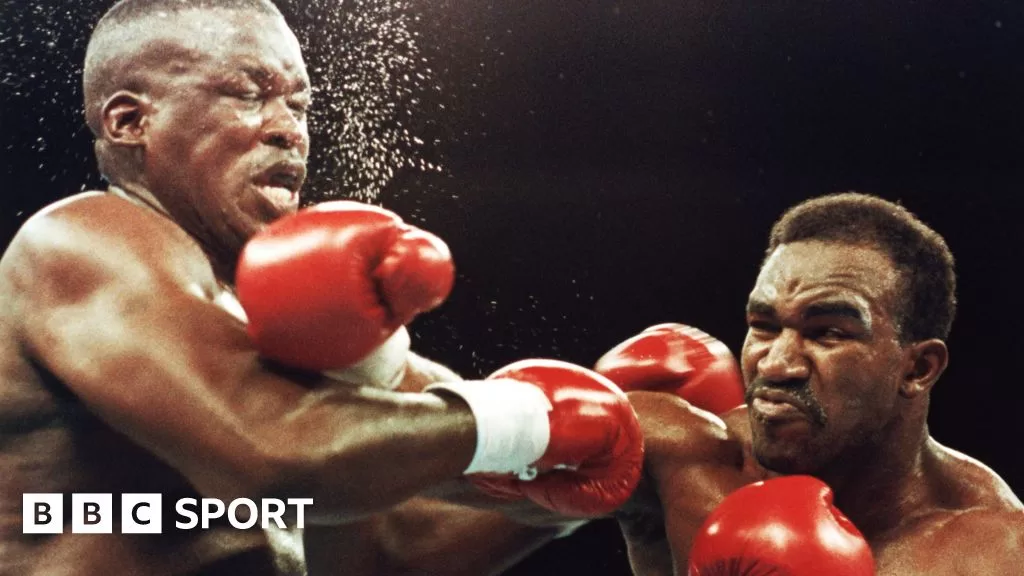But there are some knockouts that cannot be resisted and the aftermath can be horrific.
The strains of a rendition of Rule Britannia from his travelling army of fans had just died away when a crunching left hand from Pacquiao floored Hatton.
It took him a good couple of minutes to get back to his feet. The after-effects lasted a lot longer. Hatton suffered terribly with depression in the wake of his knockout – he was suicidal and attempted to kill himself ‘several times’.
“People would say: ‘What’s he got to be depressed about? Yeah he got beat by Pacquiao, but, look, he’s got a nice house, he’s got a nice car, he’s got this, he’s got that, what does he need to be worried about?’ But they don’t realise the state it leaves you in,” says Hatton.
“When you’re a fighter and a winner, you have to have that belief in yourself and that attitude that no-one can beat you, that you’re the best.
“If you’re a proud, proud man, a proud boxing champion, you know, it doesn’t matter what you put in the bank and how big your house is, it messes you up a bit.”
The emphatic manner of the Pacquiao loss cut deep. It was crippling. That is what the knockout can do, the effect it can have. It can steal a vital part of the defeated fighter.
Physiologically what is happening in that moment is easier to explain.
“It varies from person to person. But essentially an impact causes a shift or movement of the brain within the skull,” says Scott.
“The jolting force totally disrupts the nerve signals within the head, and the response is that the system momentarily almost shuts down.
“It’s like a protective kind of mechanism, resulting in a temporary loss of consciousness.
“Anyone can be knocked out, it just depends on how difficult that process is going to be.”
There are plenty of professionals who’ve never been knocked out. American legend Marvin Hagler survived some vicious bouts, notably his 1985 war with Thomas Hearns, before retiring without a losing KO on his record.
But in Scott’s estimation, such a record is, at least partly, down to luck.
“They haven’t been exposed to the level of force or that exact ‘everything lining up’ moment – the ‘Swiss cheese effect’, external where all the factors come together – that would lead to that knockout for them,” he says.
A knockout will most often occur through “getting caught with a shot that you aren’t fully prepared for” and because you’re not prepared for it “you haven’t got that brace system set up”.
When a punch lands on an unprepared opponent, the force transmits through the skull of a fighter more effectively, causing even greater movement of the brain and a correspondingly slimmer chance the recipient has of staying conscious.
In boxing we often refer to a fighter’s ‘chin’, referencing their ability to take a punch and not get knocked out.
It is an ability that is hard to define.
“We can describe fighters as having a strong chin but they have a lot of other factors counting for them,” says Scott.
“Maybe have particularly strong neck muscles or they may just not be as prone physiologically to a concussion.
“If you get a firm hit on the chin, the nature of the bottom jaw, the mandible, is that it’s a U-shaped bone essentially. The force will be transmitted straight around it, up to your jaw joint and straight to the base of your skull. And the force then dissipates.
“If that happens to you or me, there’s a high chance we would break our jaw joints at the point of impact.
“However, in an elite athlete who has strengthened their neck and back and their upper torso, the response is different. The force is better dissipated, because of the reinforcement around the skull.”
A knockout punch reverberates far beyond the ring though.
